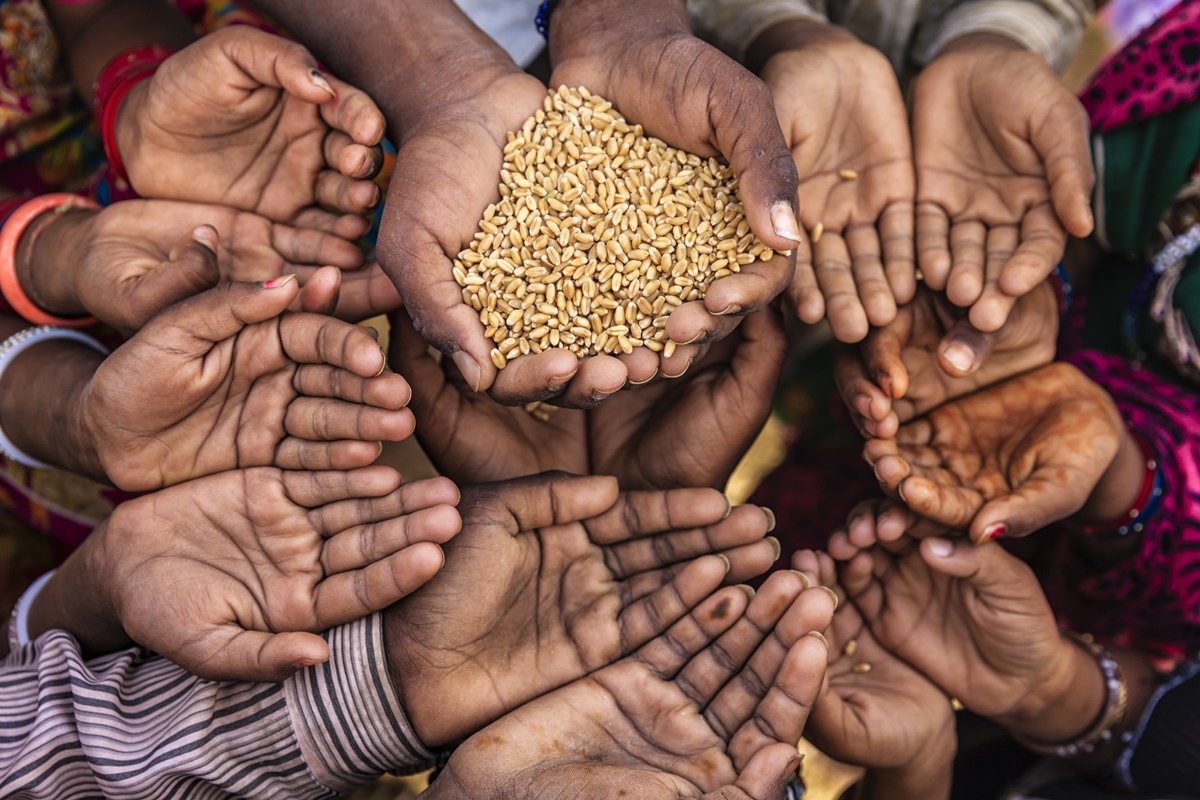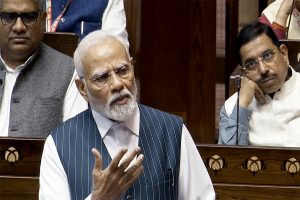It’s a shame for India that she has ranked 103 out of 119 countries in the Global Hunger Index published in 2018. This shame goes further because her rank dropped three places from last year’s index. Slipping down in the list indicates that proportion of undernourished people relative to other countries has gone up in the reference year. This report card was released by two global bodies, namely Concern Worldwide and Welthungerhilfe.
Evidently not all countries on this planet are included in the list. Half of them were not considered. The reason for their exclusion is that for many rich countries on both sides of the Atlantic, undernourishment is a non-issue. Many developing countries were left out because they failed to furnish the relevant data to construct the index.
Advertisement
So the list is shorter in comparison to many other global indices like the Human Development Index that covers 189 countries and Corruption Perception Index that includes 180 countries. This report card on hunger is certainly worrisome and disgraceful for India. Studs on India’s crown are being added one after another. India, as the fastest growing and sixth largest economy in the world, is also home to an alarming headcount of undernourished people.
This does not go with with her much-publicised achievements in recent times. India has developed anti-satellite missile, the fourth country in the world to do so. But we have failed in the anti-hunger drive.
Obviously, the fruits of growing GDP are eluding a significant section of Indians. Prosperity is skewed in favour of the privileged. The underprivileged are pushed to the sidelines. Our relative position in the Global Hunger Index is a testimony to this appalling ‘bypassing’. Most unfortunate in this revelation is that many African nations, still steeped in pervasive poverty, are above us in the ranking. They have scored better than us.
Mozambique, Niger, Congo and many poor nations of Africa are above us. It means that proportionately India has more undernourished people than are there in poor African nations. Now let us turn to what exactly this index is. What does it signify?
The hunger index is constructed on four indicators. The first indicator relates to the entire population of a country. The rest of the indicators relate to children below five years of age. The first indicator is the prevalence of undernourishment among the people of the country in a reference year. This data is culled from country-level poverty statistics. Nutritional poverty is considered to estimate the head-count of undernourished people.
The second indicator relates to child wasting. The latter is one of the markers of ill-health of children. Wasted children are those whose bodyweights are low relative to their heights. The third indicator is growth stunting among children. It’s known as ‘dwarfness’, low height relative to age. The fourth indicator is child mortality: how many of the children could not survive up to five years of age. Country-specific data on these four indicators are normalized and added up to obtain the composite score.
Placement of a country in the Global Hunger Index thus depends on the composite score obtained by it. The list is prepared in descending order. It means that a country having least hunger would be placed at the top of the list and country having highest hunger, as measured by those indicators, would be placed at the bottom. The latest index reveals that Belarus has least hunger and Central African Republic is the hungriest nation. Let us consider the data from 2000 to 2018, a long period spanning 18 years. What is India’s record? Out of the four indicators of hunger, India’s performance on three indicators is very slow but positive.
For example, undernourishment has come down by only 3.4 per cent over last 18 years. Child mortality and child stunting have come down over the same period. But what is alarming is the increase in child wasting, what we may call as ‘thinness’ among children in India over the same period. It was 17 per cent in 2000 but it has gone up to 21 per cent in 2018. On this indicator we are close to South Sudan, the war-torn country in Africa. It has come to light that wasting is greater among infants in India.
One fantastic revelation is that the regions with Low Maternal Body Mass Index (BMI) are witnessing widespread child stunting. India must now prioritise antenatal and postnatal maternal care that must include balanced diet and nutrition, medical care, sanitation, safe drinking water. The UN has aired its concern. India, because of its hunger record, is a stumbling block on the way to the UN’s Sustainable Development Goals to be achieved by 2030. We need to conduct a surgical strike on hunger immediately.
(The writer, a former Fulbright scholar, is Associate Professor, Ananda Chandra College, Jalpaiguri)











